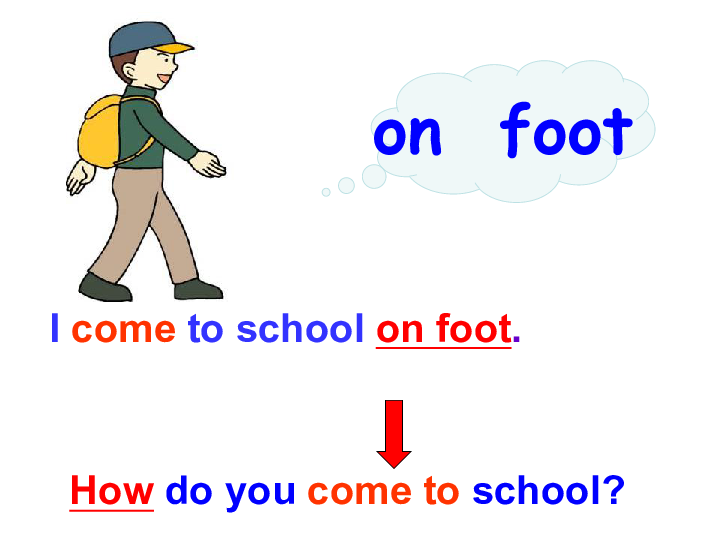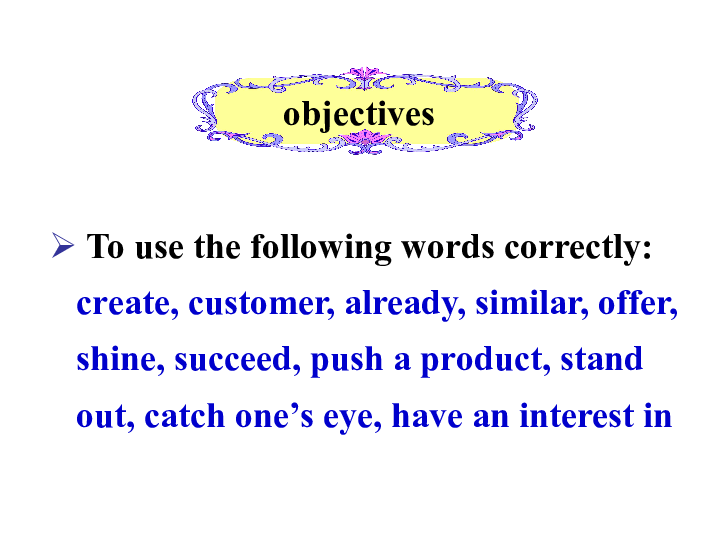Ultimate Guide: How to Attract Carpenter Bees to a Trap for Effective Pest Control
Guide or Summary:Understanding Carpenter BeesWhy Use Traps for Carpenter Bees?How to Attract Carpenter Bees to a TrapAdditional Tips for Success**Translatio……
Guide or Summary:
- Understanding Carpenter Bees
- Why Use Traps for Carpenter Bees?
- How to Attract Carpenter Bees to a Trap
- Additional Tips for Success
**Translation of "how to attract carpenter bees to a trap":** 如何吸引木工蜜蜂到捕虫器
---
Understanding Carpenter Bees
Carpenter bees are large, solitary bees that are often mistaken for bumblebees. They have a distinctive appearance, with a shiny, hairless abdomen and a robust body. Unlike honeybees, carpenter bees do not live in colonies; instead, they create individual nests by boring into wood, which can lead to significant damage to wooden structures. Understanding their behavior and habits is crucial for effectively attracting them to traps.
Why Use Traps for Carpenter Bees?
Using traps for carpenter bees is an eco-friendly method of controlling their population without resorting to harmful pesticides. Traps can help reduce the number of carpenter bees that damage your property while allowing you to monitor their activity. By attracting these bees to a trap, you can keep them away from your wooden structures and minimize the risk of infestation.

How to Attract Carpenter Bees to a Trap
To effectively attract carpenter bees to a trap, you need to understand their preferences and behaviors. Here are some strategies to consider:
1. **Choose the Right Location**: Carpenter bees are attracted to untreated wood, especially in sunny areas. Place your traps near wooden structures, such as fences, decks, or eaves, where carpenter bees are likely to nest.
2. **Use Attractive Scents**: Carpenter bees are drawn to specific scents. You can use a mixture of wood oils, such as cedar or pine, to attract them to your trap. Additionally, a few drops of sugar water or a sweet fragrance can enhance the lure.
3. **Create a Suitable Trap Design**: An effective carpenter bee trap typically consists of a wooden box with entry holes. The holes should be about 1/2 inch in diameter, as this size is ideal for attracting carpenter bees. Inside the trap, provide a dark area where the bees can enter but find it difficult to escape.

4. **Monitor and Maintain Your Trap**: Regularly check your traps to see if they are catching carpenter bees. If you notice a decline in activity, consider moving the trap to a different location or refreshing the scent.
Additional Tips for Success
- **Timing**: The best time to set traps is in early spring when carpenter bees emerge from hibernation. This is when they are most active and searching for nesting sites.
- **Visual Lures**: Adding bright colors or patterns to your traps can make them more visible and attractive to carpenter bees. Consider painting your traps in shades of blue or yellow, as these colors tend to attract bees.
- **Avoid Chemical Repellents**: While it may be tempting to use chemical repellents to deter carpenter bees, this can be counterproductive. Instead, focus on making your traps as appealing as possible.

In summary, attracting carpenter bees to a trap requires a combination of understanding their behavior, using the right materials, and strategically placing your traps. By following the steps outlined above, you can effectively manage carpenter bee populations and protect your wooden structures from damage. Remember, patience and persistence are key when it comes to pest control, so don’t hesitate to adjust your approach as needed. With the right techniques, you can successfully attract carpenter bees to a trap and maintain a bee-friendly environment while safeguarding your property.